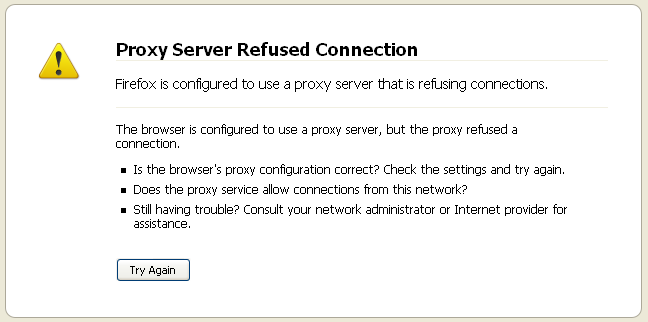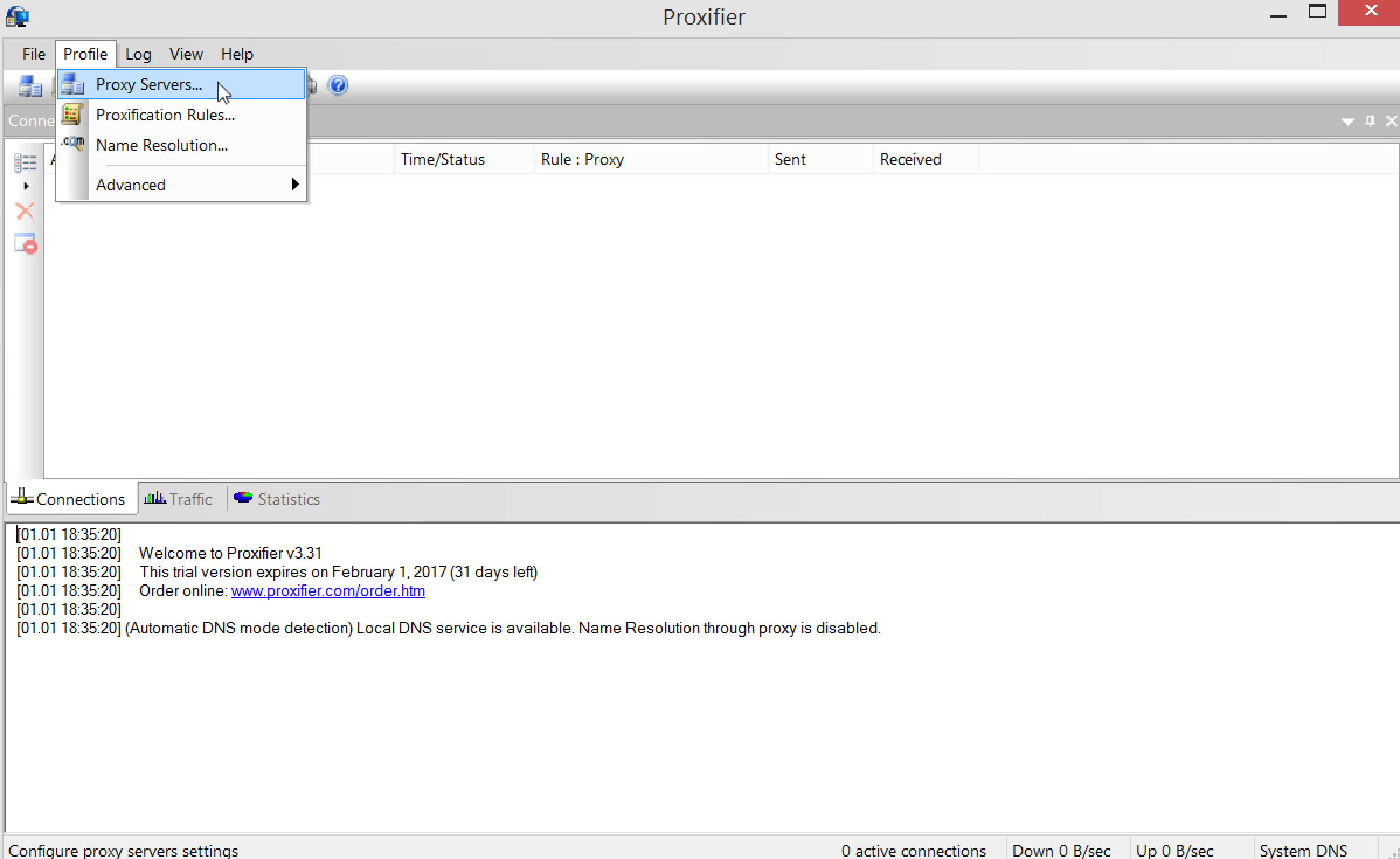

# chroot -userspec=tor:tor /opt/torchroot /usr/bin/tor # Replace this line if you want to copy your own torrc instead of the one provided by hardened script.Ĭp /opt/tor-hardened-scripts/torrc $TORCHROOT/etc/tor/Ĭp /usr/share/tor/geoip* $TORCHROOT/usr/share/tor/Ĭp /lib/libnss* /lib/libnsl* /lib/ld-linux-*.so* /lib/libresolv* /lib/libgcc_s.so* $TORCHROOT/usr/lib/Ĭp $(ldd /usr/bin/tor | awk '/usr/lib64Īfter running the script as root, Tor can be launched in the chroot with the command: You may use tor-hardened-preferences or the following script will create an appropriate chroot in /opt/torchroot:

Warning: Connecting with telnet to the local ControlPort seems to be broken while running Tor in a chrootįor security purposes, it may be desirable to run Tor in a chroot. You may wish to review Lifecycle of a New Relay Tor documentation. īut since these are privileged ports, to do so Tor must be run as root, by setting User=root in tor.service and User tor in torrc. If you are already using ports 80 and 443, other useful ports are 22, 110, and 143. Many Tor users are stuck behind firewalls that only let them browse the web, and this change will let them reach your Tor relay. If your computer is not running a webserver, and you have not set AccountingMax, consider changing your ORPort to 443 and/or your DirPort to 80. Fast relays may want to increase this value. The maximum file descriptor number that can be opened by Tor can be set with LimitNOFILE in tor.service. In torrc, User should not be set unless User= is set to root in the section in tor.service.In torrc, RunAsDaemon should, as by default, be set to 0, since Type=simple is set in the section in tor.service.There are potential conflicts between configurations in torrc and those in tor.service. The default configuration should work fine for most Tor users. The configuration options are explained in man tor and the Tor website. Please see 3 Configurationīy default Tor reads configurations from the file /etc/tor/torrc. Warning: Vidalia is discontinued and no longer supported by the Tor Project. The arm (Anonymizing Relay Monitor) package provides a terminal status monitor for bandwidth usage, connection details and more. See Wikipedia:Tor (anonymity network) for more information. the traffic entering and exiting the network). Additionally, although Tor provides protection against traffic analysis it cannot prevent traffic confirmation at the boundaries of the Tor network (i.e. One trade off that has to be made for the anonymity Tor provides is that it can be considerably slower than a regular direct connection, due to the large amount of traffic re-routing. It keeps a user anonymous by encrypting traffic, sending it through other nodes of the Tor network, and decrypting it at the last node to receive your traffic before forwarding it to the server you specified. Through this process the onion proxy manages networking traffic for end-user anonymity. There are several major pitfalls to watch out for (see: Want Tor to really work?). Warning: Tor by itself is not all you need to maintain your anonymity. SOCKS-aware applications may be pointed at Tor, which then multiplexes the traffic through a Tor virtual circuit.
#Tor proxy server error software
At the same time, the onion proxy software presents a SOCKS interface to its clients. Tor employs cryptography in a layered manner (hence the 'onion' analogy), ensuring perfect forward secrecy between routers. This software connects out to Tor, periodically negotiating a virtual circuit through the Tor network. Users of the Tor network run an onion proxy on their machine. 12.3.2.1.2 Start tor.service as root to bind Tor to privileged ports.




 0 kommentar(er)
0 kommentar(er)
